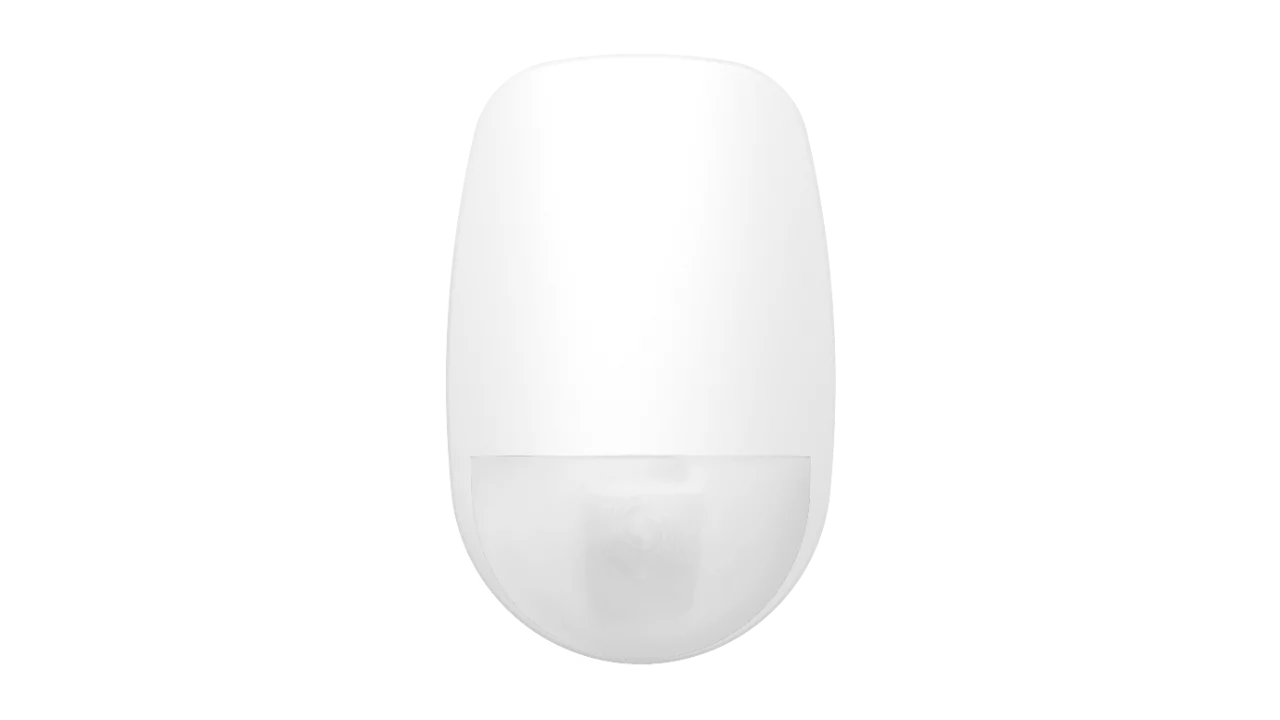Heat Maps in CCTV: How to Visualise Activity Patterns
CCTV heat maps visually show the amount of activity in different parts of a monitored area. They use colours to indicate where the movement or action occurs most, making it easy to spot busy spots. This helps in understanding behaviour and making better decisions in various settings, such as for security or improving business operations.
Key Feature of Heat Map
1. Colour Coding
Heat maps in CCTV use colour to show how busy different areas are. Warmer colours (like red and yellow) mean lots of activity, while cooler colours (like blue and green) mean less activity. This makes it easy to spot the busiest and quietest places at a glance.
2. Data Visualisation
Heat maps in CCTV gather movement data over a period (hours, days, or weeks) and visually represent it. This visualisation helps you understand how movement patterns change over time, allowing for a deeper analysis of the data.
3. Real-Time or Historical Analysis
Heat maps in CCTV can show you what's happening right now or analyse past activity. You can see live activity with real-time heat maps, or you can look at past data to understand how movement patterns changed during busy times or special events.
4. Various Applications
Heat maps in CCTV have many uses:
- Retail: They help businesses understand how customers move around their stores, leading to better product placement and store layouts.
- Security: They identify areas with high activity or potential security risks, allowing for better security planning.
- Public Spaces: They help monitor crowds in places like parks and stations to ensure safety and prevent overcrowding.
Benefits of Heat Map
Heat maps in CCTV offer several benefits:
- Better Decisions: They help security, business owners, and event planners make smarter choices about managing people in a specific area by showing where the most activity is.
- Efficient Resource Use: They help allocate resources like security guards or staff more effectively by identifying the busiest areas and ensuring they have enough support.
- Improved Operations: They provide valuable insights to optimise layouts. In retail, this means better product placement for a better customer experience and higher sales. In public areas, they help manage the flow of people smoothly and safely.
Applications of Heat Map
Heat maps have various practical applications:
- Shopping Malls: They reveal popular routes and areas where shoppers spend the most time, guiding businesses on the best locations for advertising and promotions.
- Large Events: They monitor crowd movement during events, enabling organisers to ensure safe entry, exit, and crowd control.
- Airports & Stations: They identify busy areas in terminals, helping to strategically position security and information staff to manage crowds and improve passenger flow.
Conclusion
CCTV heat maps offer valuable insights into activity within a monitored area. Colour coding and visual data make it easier to understand and respond to what's happening. This technology improves security, optimises operations, and enhances customer experience across various industries and settings.

